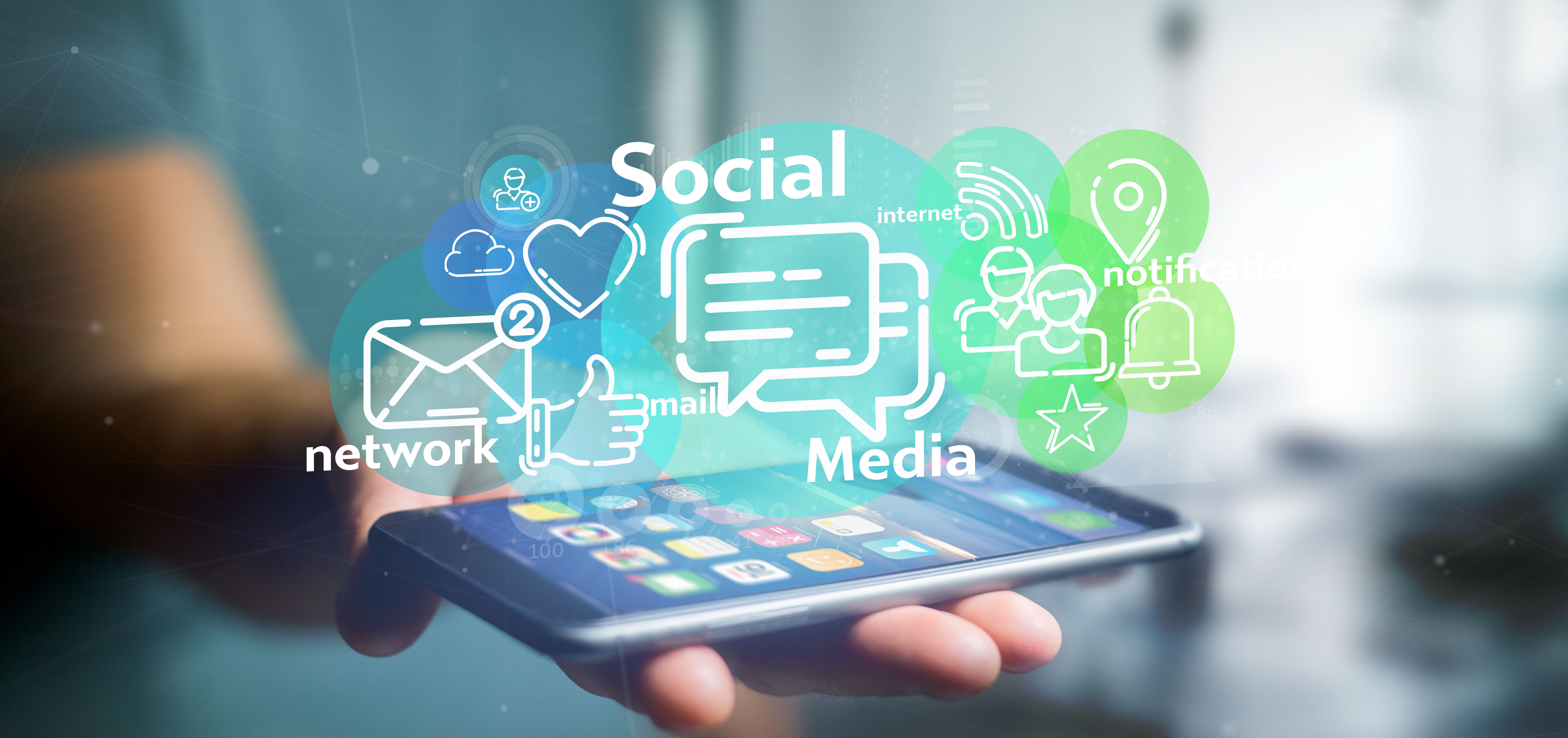Video
Continuous Glucose Monitors in Type 1 and Type 2 Diabetes
Author(s):
A panel of experts discuss the impact of continuous glucose monitoring (CGM) on individualized patient care plans for patients with type 1 and type 2 diabetes.
Transcript:
Dhiren Patel, PharmD, CDE, BC-ADM, BCACP: We’ve talked about insulin pens, insulin pumps, and a couple of different ways insulin can be delivered. However, continuous glucose monitors [CGMs] have revolutionized the field, and we’ve seen quite a bit of uptake not only from primary care providers but also from patients. I know this is something that comes up a lot in conversations, especially with some of my patients, where they tend to bring in a magazine clipping and say, “Hey, I want to go on this,” or they’ve seen a commercial that says, “I don’t want to check my blood sugars anymore.” Let’s talk about some of these challenges of self-monitoring blood glucose and the stories that you’re hearing from your patients. Also, how do you think the use of CGMs can help our patients with type 1 diabetes? I don’t want to discount the impact of this technology in that cohort, but a lot of it has been available to them early and its slowly making its way to our patients with type 2 diabetes as well. Dr Busch, you’ve seen that progression from when you were doing the urine [tests], but let’s pick up from the self-monitoring to the CGM technology.
Robert Busch, MD: That also has been a major game changer. The dietary compliance…“Please eat this, not that,” and the patient sees what they think is the same caloric load but very different glycemic excursions. The great part is you can download it in front of the patient and tell them, “This is your conscience. We can spy on you.” Not only can we check what meds they fill from [other providers], but [we can also say], “These are your readings. What happened this day?” Also, for the patient that tells me they are adjusting their basal between the 90 to 110 range, I can see their average is 130 and they have no lows in between. To be able to look at that with the patient there is incredible.
The major problem we have is the coverage because, in general, for type 2 [diabetics], at least in New York, they have to be testing 3 or 4 times a day and taking 4 doses of insulin a day. You almost want to give someone a prescription for Humalog so they can be testing or taking insulin 4 times a day, just so they could afford the CGM. Sometimes CGM is covered on plans, but other people are willing to pay out of pocket to do it.
Putting the Freestyle Libre [sensor] on is easy enough for the doctor to do—even I can do that and incorporate it in the visit. Then, the 2-week follow-up is with my educator, so they get to see the readings, take the [sensor] off for the first time and review it with the patient. It’s a real eye-opener.
Dhiren Patel, PharmD, CDE, BC-ADM, BCACP:Absolutely. The ease of use—you would think that technology is going to be complicated for patients to do. I deal with a geriatric population, and I tell them, “If you can put on a Band-Aid, you can put on a sensor”. It’s very easy. Dr Isaacs, can you talk about the role of CGM in patients with type 1 and type 2 [diabetes] and how it impacts disease management? Recently, CMS [Centers for Medicare and Medicaid Services] came down and there were a few wins there, so we know coverage seems to be pretty good.
Diana Isaacs, PharmD, BCPS, BCACP, BC-ADM, CDCES: Yes. Every person with type 1 diabetes should have access to CGM, there’s no question about it. Fortunately, we’ve seen coverage to be pretty good with people with type 1 diabetes. With type 2 diabetes or anyone who’s taking multiple injections of insulin, or even a basal insulin, there’s no question, [they should also have access to CGM]. Recently, the MOBILE study came out and showed the benefits in people with type 2 diabetes just taking basal insulin. More and more studies are showing benefits of CGM for people with type 2 diabetes, just like we see in the real world. Certainly, anyone that’s on any medication that could cause hypoglycemia, like a secretagogue or insulin, [should have access to CGM]. Guidelines are advocating for that, too. If you look at the ADA [American Diabetes Association] standards of care, [specifically concerning] their recommendations for CGM, they keep type 1 and type 2 diabetes together because they’re trying to say that people with diabetes benefit from CGM. It’s not separating out type 1 vs type 2. AACE [American Association of Clinical Endocrinology] also recently put out a guideline with technology and advocates for the type 2 population. You also mentioned CMS, and yes, that was a big win that they finally removed that 4-times finger stick.
Dhiren Patel, PharmD, CDE, BC-ADM, BCACP: Huge.
Diana Isaacs, PharmD, BCPS, BCACP, BC-ADM, CDCES: Which was kind of crazy because it was like people had to earn their right to CGM, and they would only get coverage for 3 finger sticks a day, but somehow they had to do 4 to earn their CGM. Hopefully we will continue to see coverage expand. Ideally, we would also get rid of the recommendations for having to be on all these injections, because people benefit from seeing their data, they learn in the moment.
Another thing, too, is the arrows. If someone checks their glucose before they go to bed and it’s 150, they may say, “OK, it’s safe to go to sleep.” But what if it’s 150, double arrows going down, and they’re dropping? A CGM can tell them that, or it can alert them in the middle of the night. With regular blood glucose monitoring, what are they going to do? They’re going to wake up in a sweat, if they do wake up. That’s scary, so, for sure, there are so many benefits to CGM.
Dhiren Patel, PharmD, CDE, BC-ADM, BCACP: Yes, absolutely. As the body of evidence continues to grow, payer coverage is going to improve. Usually when CMS makes a change, a lot of folks point to it for good or for bad, but hopefully we’ll see a trickle-down effect.
Transcript edited for clarity.





